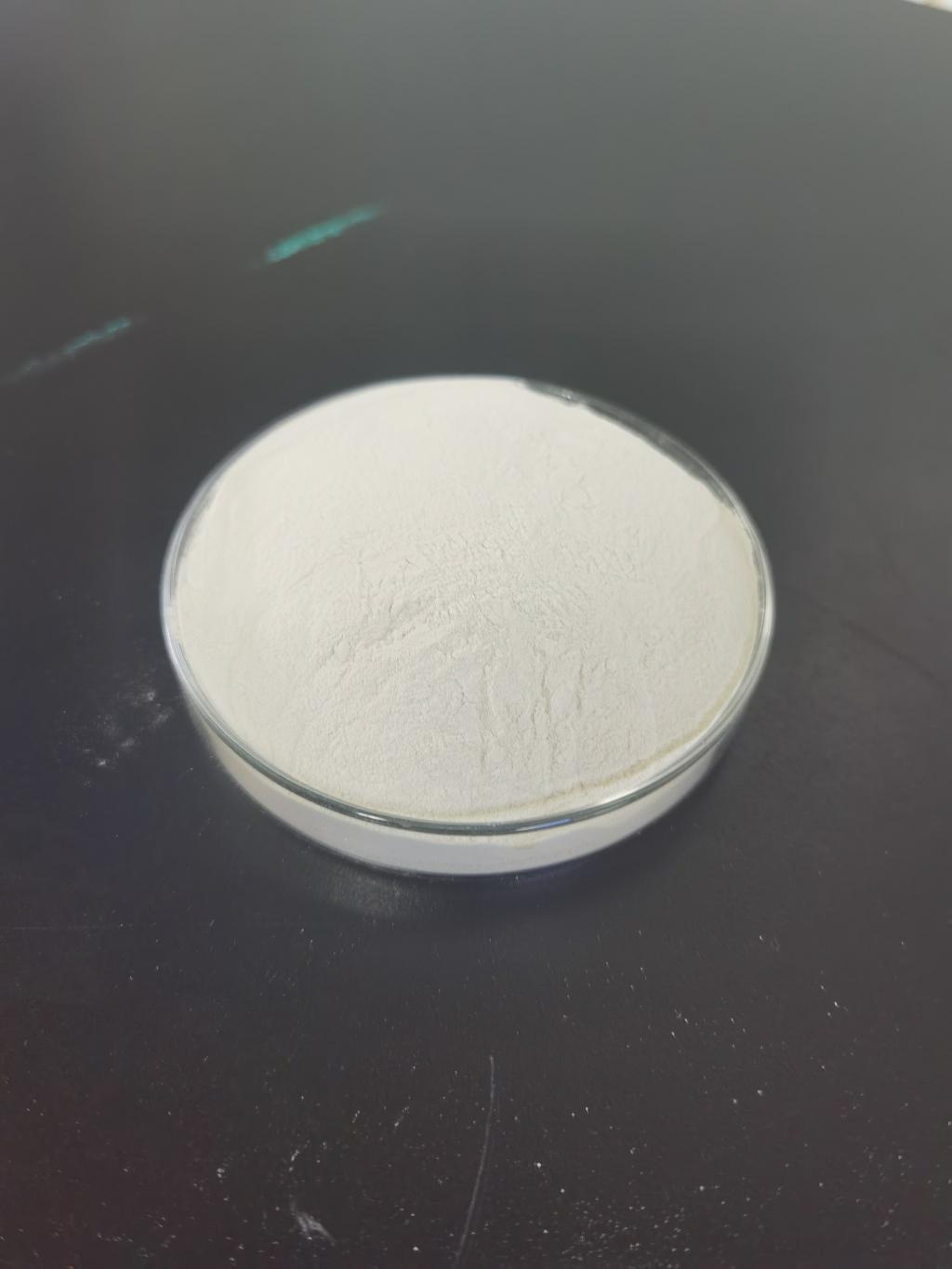Tel:+8618231198596

News
 CONTACT
CONTACT
 CONTACT
CONTACT
- Linkman:Linda Yao
- Tel: +8618231198596
- Email:linda.yao@dcpharma.cn
- Linkman:CHARLES.WANG
- Department:Overseas
- Tel: 0086 0311-85537378 0086 0311-85539701
News
Nisin's Role in Improving the Safety of Convenience Foods
TIME:2024-01-25
Understanding Convenience Foods:
Convenience foods, often pre-packaged and ready-to-eat or easy to prepare, have gained popularity for their time-saving benefits. This category includes a wide range of products such as frozen meals, canned goods, snack items, and pre-cut vegetables. However, the convenience factor comes with the challenge of maintaining food safety throughout the production and distribution chain.
Microbial Safety Challenges in Convenience Foods:
Convenience foods are susceptible to microbial contamination at various stages, including during processing, packaging, transportation, and storage. Common pathogens, such as bacteria and molds, can compromise the safety of these products, leading to foodborne illnesses if not adequately addressed. Maintaining the microbial safety of convenience foods is a complex task that requires effective and reliable antimicrobial solutions.
Nisin: An Overview and Mechanism of Action:
Nisin, a natural antimicrobial peptide produced by certain bacteria, is a potent weapon against Gram-positive bacteria. Its mechanism of action involves binding to lipid II, a precursor molecule involved in bacterial cell wall synthesis. This binding disrupts the cell wall, leading to cell death. Nisin's specificity for Gram-positive bacteria, which include many foodborne pathogens, makes it an ideal candidate for enhancing the safety of convenience foods.
Applications of Nisin in Convenience Foods:
The versatility of Nisin in inhibiting bacterial growth has led to its widespread application in the production of convenience foods. Key applications include:
a. Preservation of Ready-to-Eat Meals: Nisin is often used to extend the shelf life of ready-to-eat meals, inhibiting the growth of spoilage bacteria and pathogens that could compromise safety.
b. Cheese and Dairy Products: Nisin finds extensive use in the dairy industry, particularly in the production of cheese. It helps prevent the growth of undesirable bacteria and molds, ensuring the safety and quality of dairy products.
c. Meat and Poultry Products: In processed meat and poultry products, Nisin acts as a natural preservative, preventing bacterial contamination and enhancing product safety.
d. Snack Foods: Snack items, including those with extended shelf lives, benefit from the antimicrobial properties of Nisin. This ensures that these convenient snacks remain safe for consumption over an extended period.
e. Sauces and Condiments: Nisin is utilized in sauces and condiments to prevent the growth of spoilage microorganisms and maintain the safety and quality of these products.
Synergies with Other Preservation Methods:
Nisin's compatibility with other preservation methods enhances its effectiveness in ensuring the safety of convenience foods. Synergies with techniques such as refrigeration, modified atmosphere packaging, and high-pressure processing contribute to a multi-faceted approach to microbial control.
a. Refrigeration: Nisin can complement refrigeration by inhibiting bacterial growth at temperatures where some microorganisms may still pose a risk.
b. Modified Atmosphere Packaging: In combination with modified atmosphere packaging, Nisin helps create an environment that retards the growth of spoilage and pathogenic bacteria, extending the shelf life of convenience foods.
c. High-Pressure Processing: The use of high-pressure processing, coupled with Nisin, provides an additional layer of protection against spoilage and pathogenic microorganisms, contributing to improved food safety.
Regulatory Considerations and Approvals:
As with any food ingredient, the regulatory landscape plays a crucial role in the incorporation of Nisin into convenience foods. Regulatory bodies, such as the U.S. Food and Drug Administration (FDA) and the European Food Safety Authority (EFSA), assess the safety and efficacy of Nisin for various applications.
a. GRAS Status: Nisin has generally recognized as safe (GRAS) status in the United States, affirming its safety for consumption in specified quantities.
b. Maximum Permitted Levels: Regulatory authorities establish maximum permitted levels for Nisin in different food categories, ensuring that its use remains within safe and acceptable limits.
c. Global Approvals: Nisin has received approvals for use in food preservation from regulatory agencies worldwide, contributing to its widespread adoption in the food industry.
Consumer Perception and Acceptance:
Consumer perception and acceptance play a pivotal role in the success of any food ingredient, including Nisin. Educating consumers about the natural origin and safety of Nisin is essential for fostering trust in its use in convenience foods. Clear labeling and transparent communication regarding the purpose and benefits of Nisin contribute to informed consumer choices.
Future Trends and Innovations:
The role of Nisin in improving the safety of convenience foods is likely to evolve with ongoing trends and innovations in the food industry. Key future considerations include:
a. Clean Label Products: The demand for clean label products, which feature natural and recognizable ingredients, aligns well with the use of Nisin. Its natural origin positions it favorably in the development of clean label convenience foods.
b. Advanced Delivery Systems: Innovations in delivery systems, such as encapsulation technologies, may enhance the stability and effectiveness of Nisin in different food matrices.
c. Targeted Antimicrobial Solutions: Advances in precision agriculture and targeted microbial control may influence the development of more targeted antimicrobial solutions, including the application of Nisin in specific areas of convenience food production.
Conclusion:
Nisin's role in enhancing the safety of convenience foods is a testament to the potential of natural antimicrobial solutions in the food industry. As the demand for convenient and safe food options continues to grow, the integration of Nisin offers a sustainable and effective approach to microbial control. With ongoing research, regulatory support, and consumer education, Nisin is poised to play an increasingly vital role in ensuring the safety and quality of convenience foods for consumers worldwide.
- Tel:+8618231198596
- Whatsapp:18231198596
- Chat With Skype







